Known for its Cabernet Sauvignon and its Sauvignon Blanc, Girard has had a presence in Napa Valley since the 1970s. Today, the winery purchased by vintner Pat Roney in 2000 is a part of the publicly traded Vintage Wine Estates Family and the Deutsch Family of Wine & Spirits, but its leadership team states true to its roots by continuing to focus on its relationships with farmers to maintain its diverse array of vineyards from which it sources grapes, and making wines designed to complement meals.
Girard’s head winemaker has a background in the restaurant industry and plays a significant role in ensuring that its wine gets into the glasses of diners in restaurants.
Glenn Hugo, who has been with Girard for 15 years, said he became enamored with wine while working as a wine buyer in the restaurant industry in Houston.
“How it worked with food led to my fascination with winemaking,” said Hugo, who would eventually leave Texas behind and head west to entrench himself in the wine world. “I’m fortunate that on the night of our honeymoon, I convinced my wife, Pam, to leave a pretty good life in Houston and head to Napa. She agreed, so six months after we got married, we packed up and moved out here.”
It was 2003 when Hugo packed up and headed to the Golden State, where he got hands-on experience with Provenance Vineyards, Sedna Winery and Fleury Estate Winery and became the general manager of The Bounty Hunter Wine Bar in downtown Napa.
In 2006, at that Napa Wine Bar, Hugo met the man who would jumpstart his winemaking career.
“I was introduced to Marco DeGiulio, who was the Girard winemaker and is now the head winemaker for Vintage Wine Estates as a whole,” Hugo said. “He gave me the chance to work the harvest here in 2006, and I never left. I worked my way up the ladder and eventually took over the winemaker role in 2010. (This summer), it will be my 15th harvest.
“I have a lot of passion for it and I tend to wear it on my sleeve. Napa has a lot of great stories, and I feel like we are one of them. We’re 21 years into our part of the story (since Broney bought the company) and we’ve taken it and expanded upon it.”
Since 2018, Girard has made its home in a brick-and-mortar location in Calistoga, California. It’s a winery with a tasting room that allows guests to experience the wines in a picturesque Napa Valley setting.
Getting the right grapes into the bottle
Girard grows about one-third of the grapes it uses on its estate, but the remainder are sourced from growers with whom Girard has long-standing relationships.
They initially started out with very little land and not much of a vineyard, Hugo said, but now they source from a smattering of AVAs, sub-AVAs and even areas that are so small that an AVA designation hasn’t been assigned.
Hugo said not being married to one individual estate has enabled him to make the wines he makes.
“We have expanded our relationships quite a bit, and I am very proud of that fact,” Hugo said. “With some of our sourcing, we’re looking at somewhere around 10-plus years of working with some of these vineyards. Pat has been in this valley for decade upon decade, and when it looks like something could work for us, we start that relationship.
“As much as I love the fact we have our estate fruit and can get all the control we want there, the diversity we have working with all these other vineyards in different sub appellations is a big part of who we are, and we want to maintain that as much as we can to give us the diversity and the selection we want in our Cabernet Sauvignon and in all of our blends.
“We’re sitting down with dozens of samples to make these blends. If one sample is more fruit forward, we can go to another one to get the tannin structure we need. Having all of these different vineyards to work with means there is more we can use to get the style we’re working toward.
“I welcome the sourcing. It’s a big part of who we are.”
A complementary approach
Girard currently has six varietals in distribution. One of its biggest bottlings is its Napa Valley Cabernet Sauvignon, which is sourced from several vineyards in a smattering of different regions.
That approach helps keep volume relatively high and price points relatively modest.
“We have always had a focus on trying to over deliver for our price point, and as Napa has become more well known, there’s been an increase in pricing and we’ve tried to manage that,” Hugo said. “This helps us because the wine continues to help us be a big part of the restaurant scene. Owners and buyers feel that it is at a price point that they can afford to do it by the glass and I love that.
“I came from the restaurant industry and there is nothing more satisfying than to have our wine be a part of that industry and see the wine on the table at restaurants. I think about that with every wine we make — how it will pair with food.”
The brand’s focus on its place at the dinner table is a big part of the brand’s identity, and Hugo said his restaurant background contributes to Girard perpetuating its reputation.
“I feel like when we’re making our blends, I’ve got a sense of that,” Hugo said. “The most important part is to be a part of food. In France and Italy, wine is considered a part of the cuisine. As we see that more in our own country, it’s equally important here to make sure the wine doesn’t overtake the food — that it is the accoutrement to the meal.
“One example is making sure there’s acid balance in the wine to make sure it complements the cuisine.”
A background working with restaurants has also given him an advantage on the hospitality side.
“I know a lot of fellow winemakers who can’t be around the guests much,” Hugo said. “They tend to really shut down when dealing with people. It’s an advantage to be able to talk to consumers or a wine buyer.
“I was buying wine for a restaurant company, so I understand where they’re coming from. I’m able to speak their language.”
Navigating the 2020 Nightmare
Suffice it to say, 2020 was a trying year for wineries in the Napa Valley. Between COVID-19 and wildfires, the region just couldn’t seem to get a break as the year progressed.
“The pandemic obviously put a halt to a lot of our sales, because we do a lot of direct-to-consumer and restaurant sales,” Hugo said. “We are in some high-end retail locations, so we were able to maintain that, and with direct-to-consumer, we were able to maintain a lot of it by reaching out to our guests as we refocused our business.
“We are excited to see the pandemic changing course as we speak, seeing restaurants reopening in California. We’re hoping we’ll see a resurgence in our sales there, but we are still limited in what we can do with our tasting room situation.
“Some of that is just not being able to get employees, both on the tasting room side and in the cellar.”
Katy Long, a brand advocate for Vintage Wine Estates, said the challenges that 2020 brought with it gave the company a chance to evaluate and make adjustments to its business models.
“We began going online and meeting customers where they are,” she said. “We’ve ended up on the right side of this. We’re finding different ways to interact, communicate and share our story with other people.”
As was the case for most wineries that dealt with wildfires that surged around them, there weren’t many silver linings to be found with the 2020 harvest.
“It was a bit of a nightmare for us,” Hugo recalled. “We had a large fire at the beginning of the harvest that put up a big cloud of smoke for us. It was a big warning flag for us and we needed to make sure we handled it a certain way.
“Like most wineries in the area, we kicked into analysis gear, running small fermentations in little five-gallon buckets to see if we had any concerns with elevated smoke taint levels. Almost every winery in our region was doing the same thing.”
Adding to the conundrum: The labs were overwhelmed.
“We were sending samples to labs in Canada, Australia, Washington and Los Angeles just to do analysis for us,” Hugo said. “And then, boom! Here came the second fire and it was even more devastating. We lost our water treatment system and we were having to truck in water.”
Hugo said they considered themselves fortunate because by and large, their property was unscathed.
“The real challenge was the majority of our fruit, which we sourced from others, we weren’t able to bring it in,” Hugo said. “It greatly diminished our overall production from that vintage, and it could turn into absolutely no production.
“We’re hopeful that this year is nice and boring. That’s what you want at harvest.”
An evolving consumer base
Ten years ago, the average Girard consumer may have been described as a middle-aged male between the ages of 35-55, but that’s changing, Long said.
“Wine has traditionally been the drink of middle-aged or older, more affluent folks, but there’s a growing awareness that wine is not monolithic,” she explained. “How is the consumer changing? Perhaps it has always been this diverse, but we’re understanding that people drink wine for a lot of reasons. We keep in mind how we can cater to them from where they are, and get them to come along with us on the journey.
“Girard is a brick and mortar winery. It has a sense of place with authenticity, and a classic style, where some of (our parent company’s) other brands are telling a different story. We see quite an array of different demographics and ages coming to taste wine on our patio.”
Hugo echoed that sentiment. Wine is attracting younger people, but those people are trying more and more of the portfolio as they age, become wealthier and desire something more sophisticated and less one-dimensional.
“We’re seeing younger people and shift between male and female as far as more female. There is definitely a shift there, especially with wine at lower price points. But what has happened to wine consumers is what has happened to a lot of us. You start with lower-priced wines, but as get you older, get more exposure, and get the bug, you start seeking out higher quality, more diversity, and different styles.
“Even when I go on marketing visits with Deutsch, I’ll go to a country club where many people are 65 and older, but the next day I’m at a hip new wine bar where everyone is 25 years old, and I’m the old guy.”
The six wines available in national and wholesale distribution make up about one-quarter of Girard’s bottlings.
For the wholesale distribution portion of the portfolio, the Napa Valley Cabernet Sauvignon and the Sauvignon Blanc are Girard’s leading SKUs by volume, and they’re as different as night and day.
Their wines’ presence at restaurants and availability by the glass help increase exposure, Hugo said. People drink them, tell their friends and word of mouth increases their popularity and leads people to sample more of the portfolio.
“They’re great foils for one another,” Hugo said. “You’ve got your steak cab and your light, refreshing white wine. You can start with a glass of the Sauvignon Blanc, and have a savory meal with the heavier Cabernet.
“The Zinfandel and the Petit Sirah are the sleepers of our portfolio because they’re not wines people search for as often, and our Artistry wine blend is one we tend to see purchased by the bottle (in restaurants).
“The Zin and the Petit are my favorite wines to get in front of people, though. They’re great wines that people don’t tend to seek out, but you get them in front of them and they’re enamored with it.
“They’re fans for life. You just have to get it in their glass.”

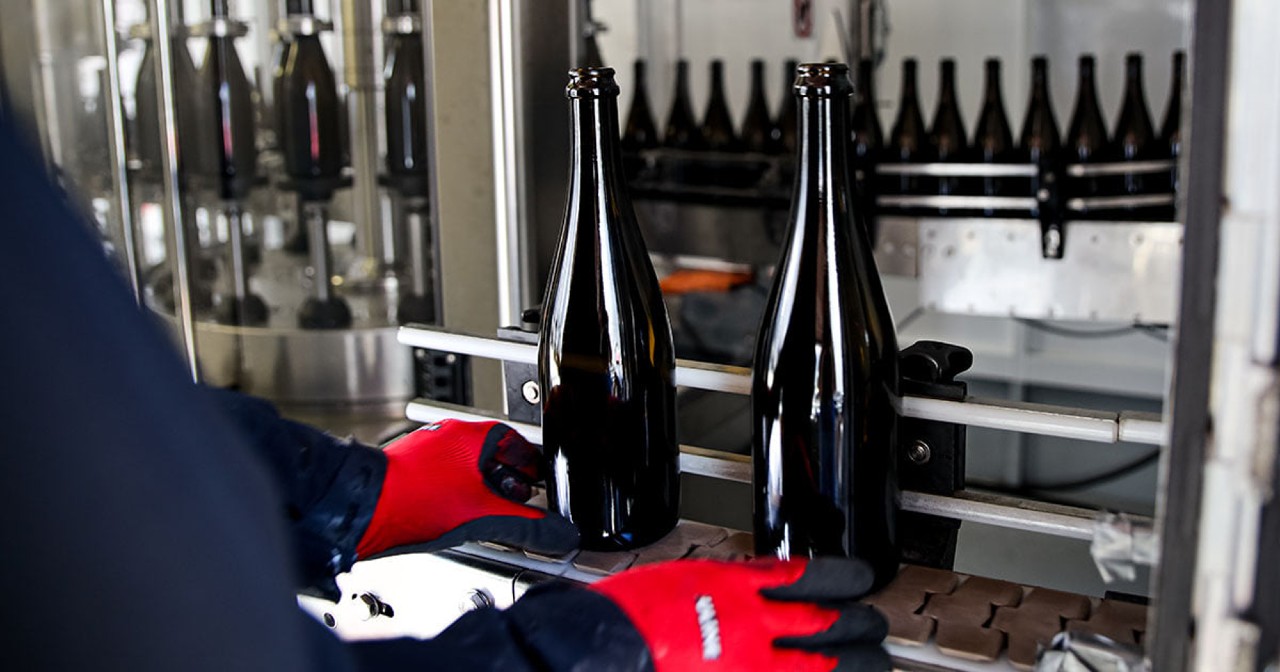
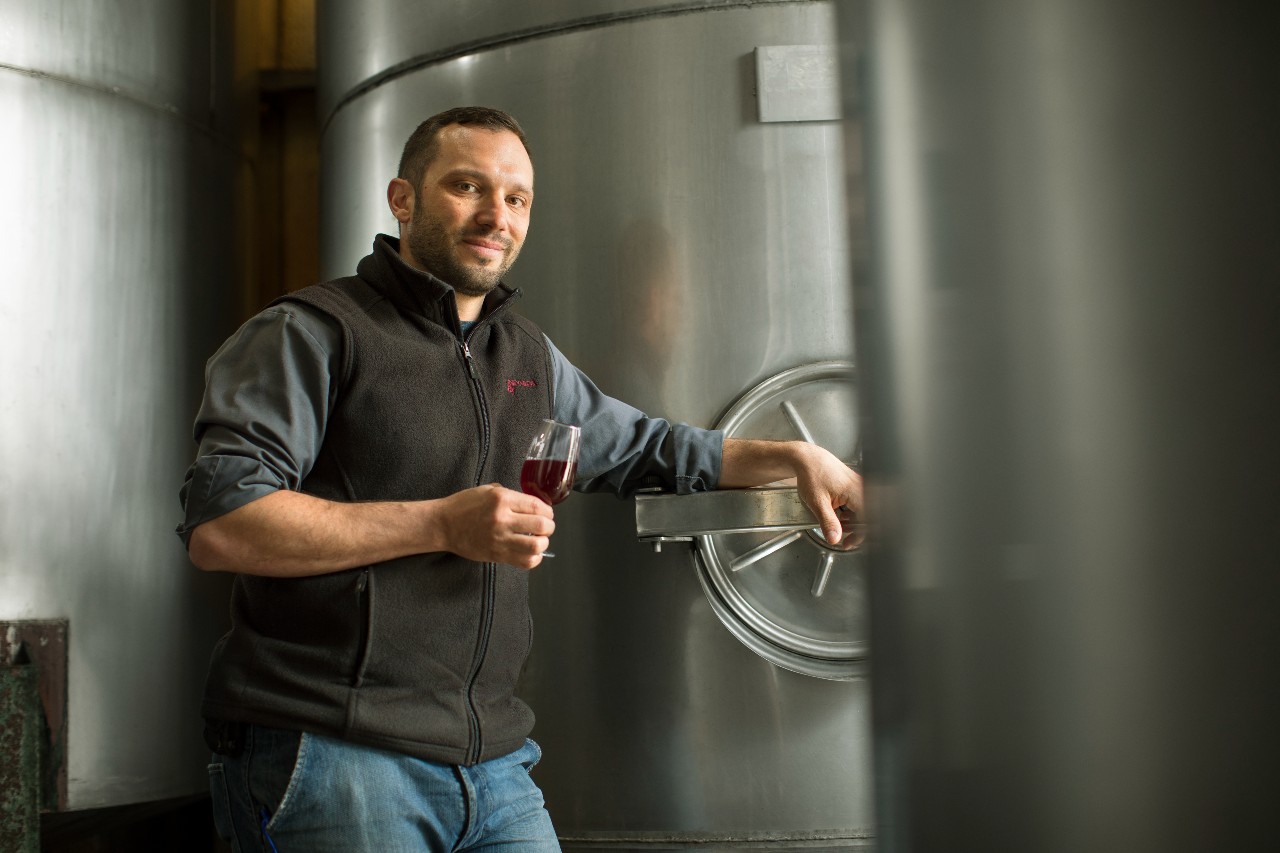
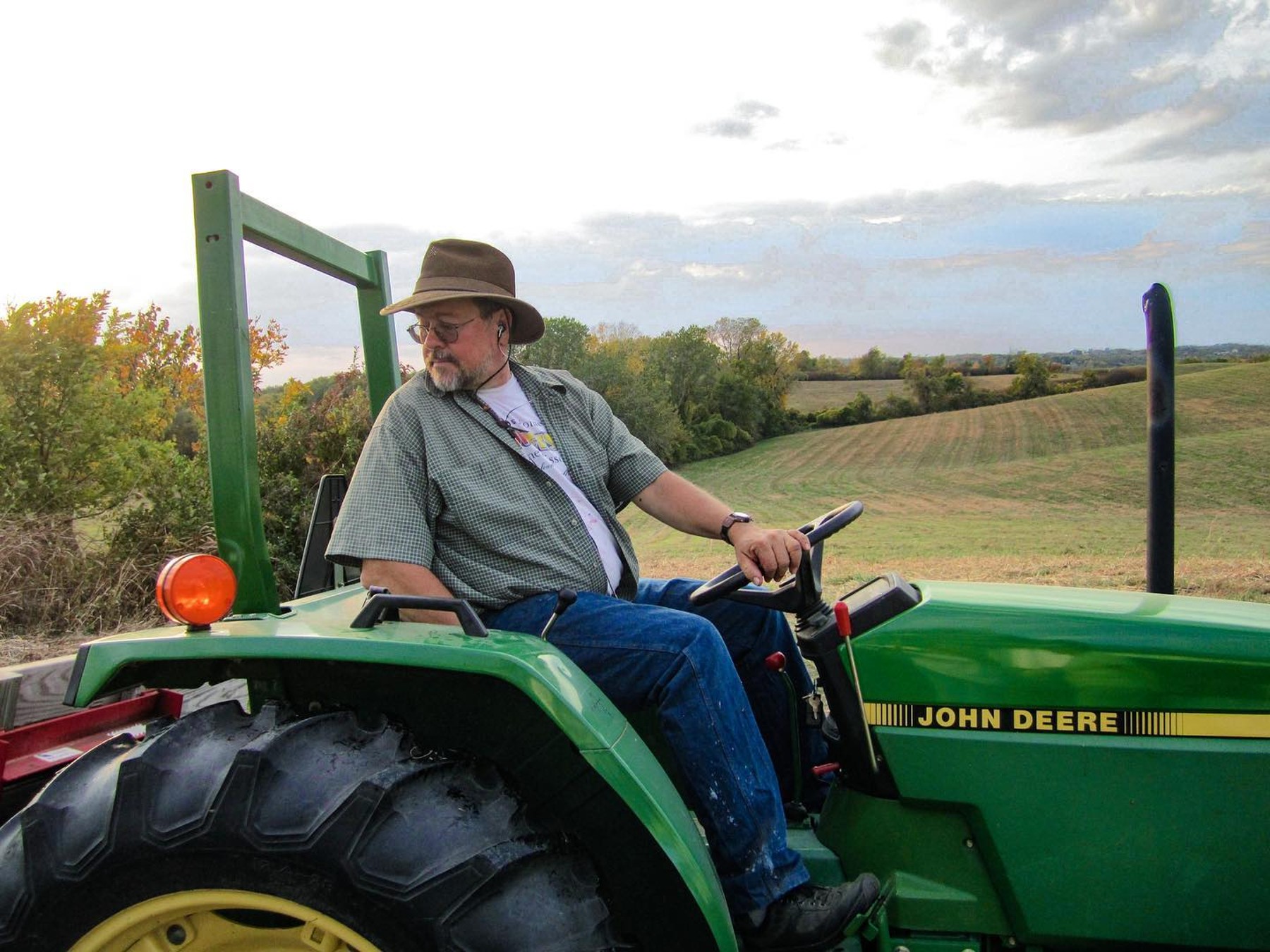
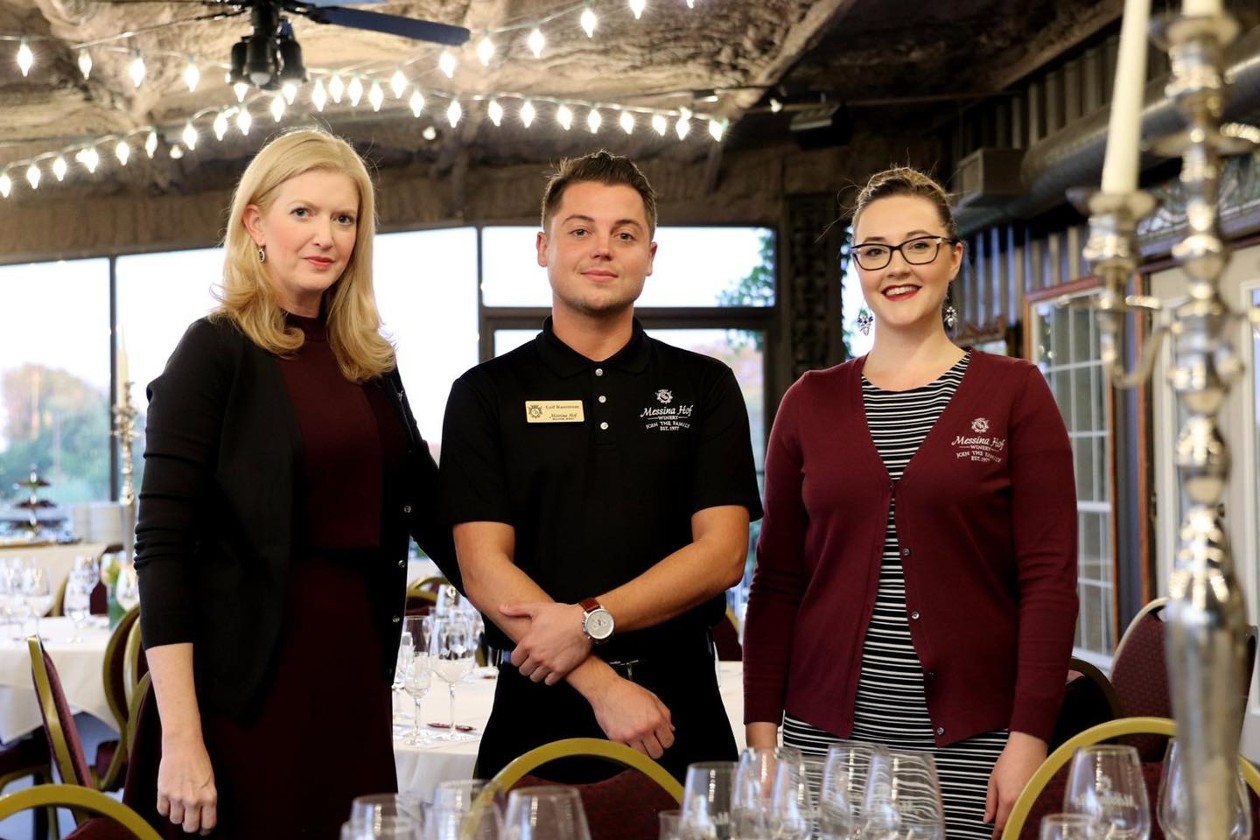
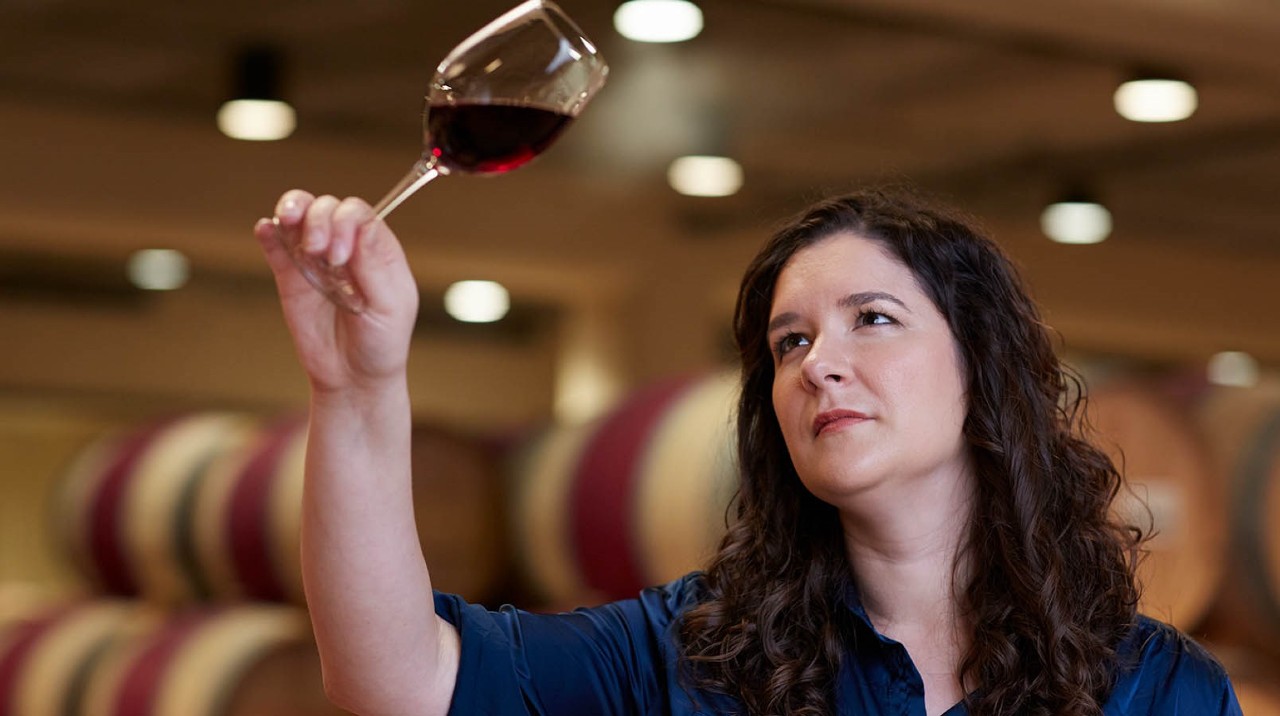

Be the first to comment